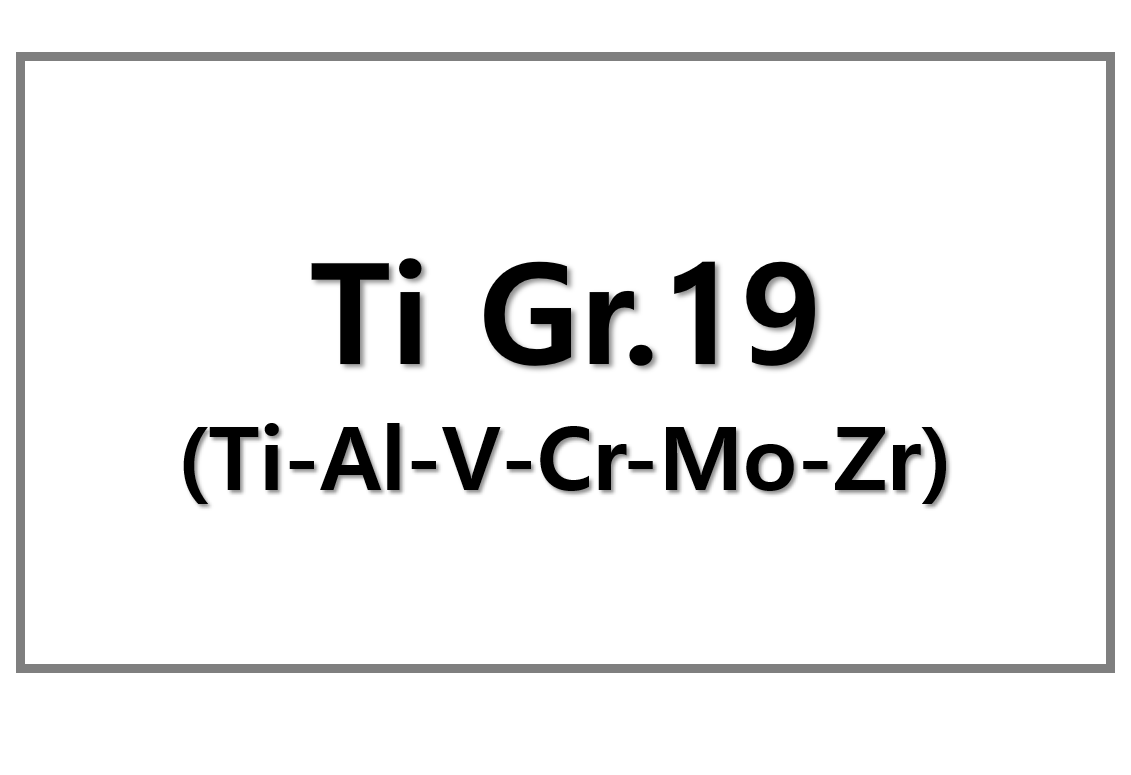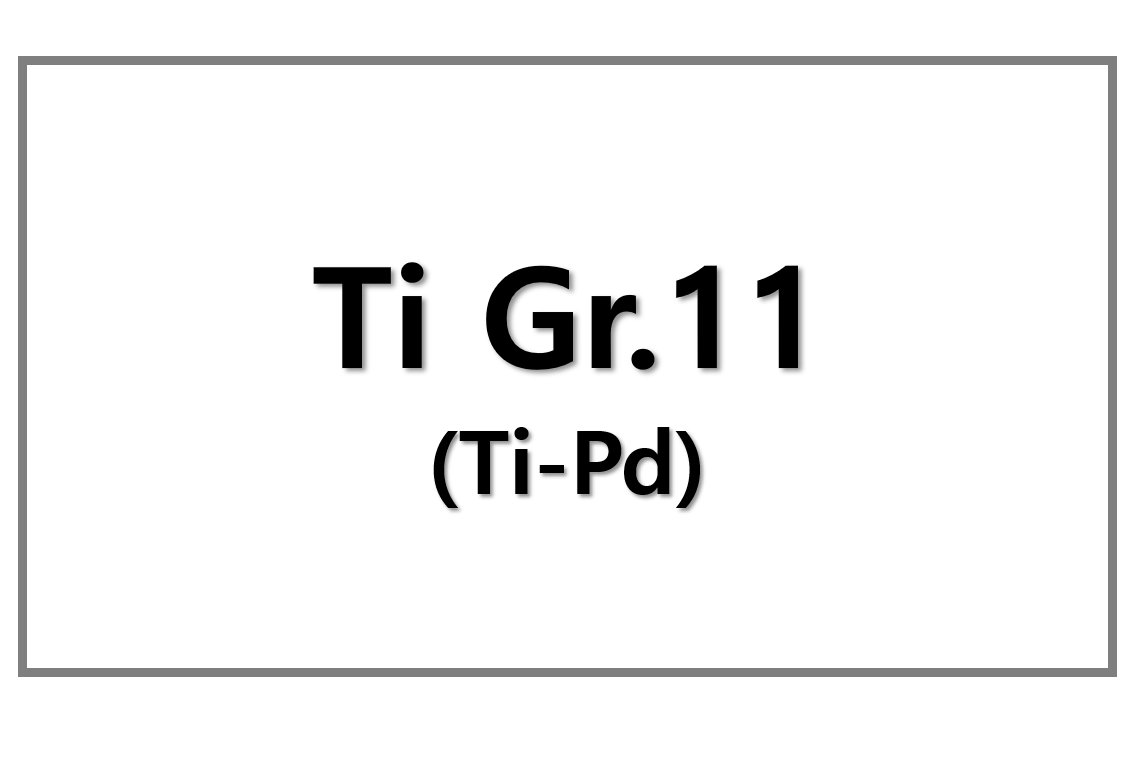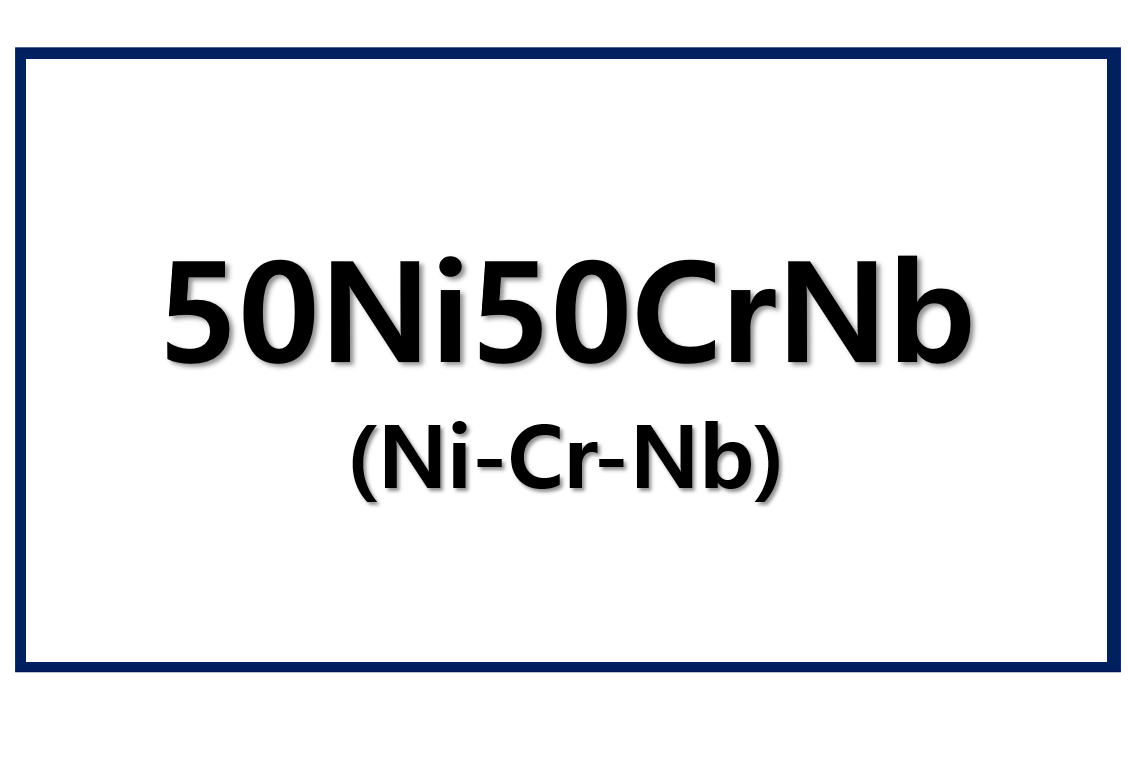
Advancing the Circular Battery Economy: CATL’s Ambition
CATL, the world’s largest battery maker, partners with the Ellen MacArthur Foundation to accelerate a circular economy for batteries. Their shared ambition focuses on decoupling new battery production from virgin raw materials by 50% within 20 years. This goal will drive innovation across the battery value chain, from raw material sourcing to end-of-life recycling. By embedding circular economy principles, CATL aims to enhance sustainability and resilience in global battery manufacturing.
CATL’s vice president Jiang Li emphasized the need for systemic change to support low-carbon development and reduce material waste. The partnership highlights four key principles: rethinking systems, redesigning products, rethinking business models, and improving material recycling. These pillars guide collaborative efforts to optimize battery lifecycle management, ensuring long-term value retention and resource efficiency.
Applying Circular Economy Principles Across the Battery Value Chain
The circular battery economy demands innovation at every stage. CATL’s product designs now focus on longevity, modularity, and ease of disassembly to enable second-life applications and efficient recycling. The company’s energy storage batteries boast up to 18,000 cycles, reducing raw material demand significantly. Furthermore, CATL plans to deploy over 10,000 battery swap stations to improve efficiency and support large-scale battery collection.
On the recycling front, CATL operates the world’s largest battery takeback network, recycling approximately 130,000 tons of end-of-life batteries in 2024 alone. This effort recovers 17,000 tons of lithium cells, contributing to a sustainable supply of critical materials. CATL also supports the Global Energy Circularity Commitment (GECC), a platform for stakeholders to collaborate and test circular solutions in real-world settings.
SuperMetalPrice Commentary:
CATL and the Ellen MacArthur Foundation set a new benchmark for circularity in battery manufacturing, directly impacting critical raw material demand. Their 50% decoupling target signals a transformative shift for metals markets, especially lithium, cobalt, and nickel. As global EV adoption rises, this initiative could stabilize supply chains and reduce price volatility. For metals traders and recyclers, CATL’s ambition underscores the growing importance of circular business models and recycling innovation in securing future materials supply.











Leave a Reply
You must be logged in to post a comment.